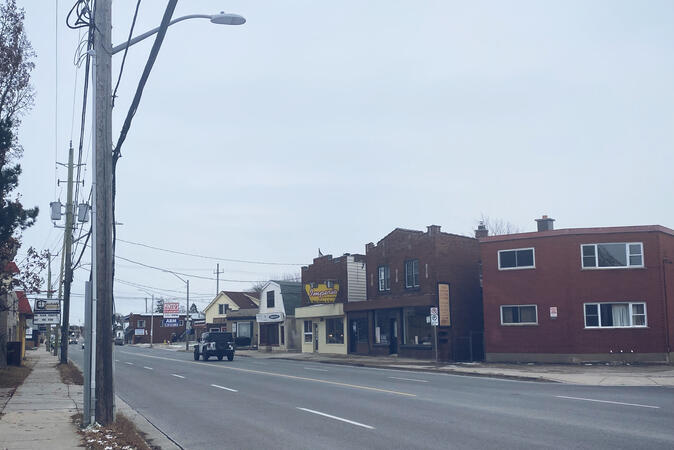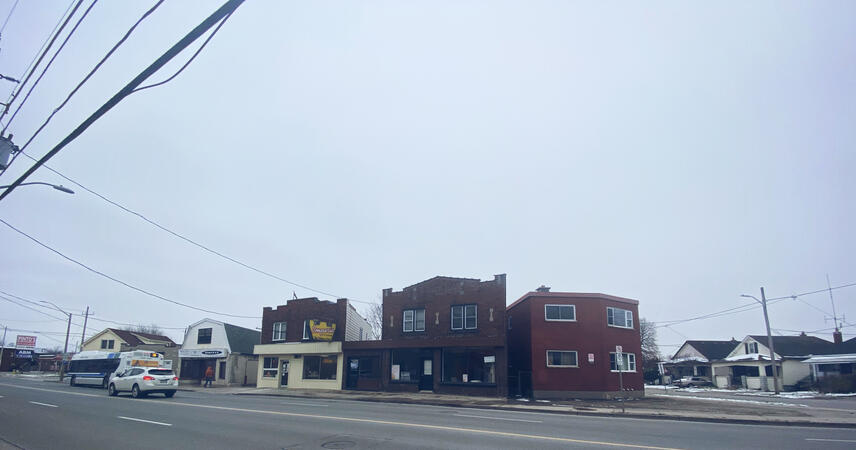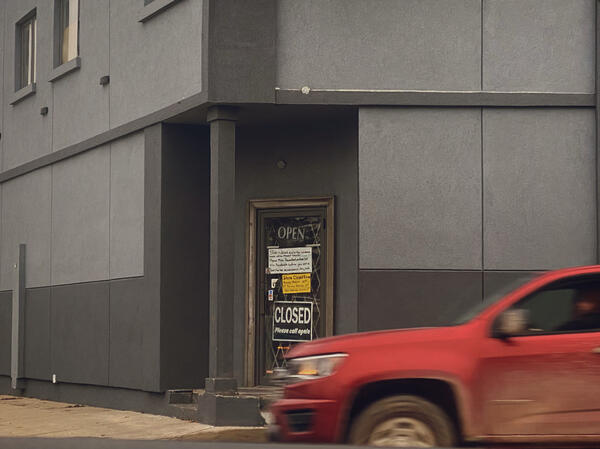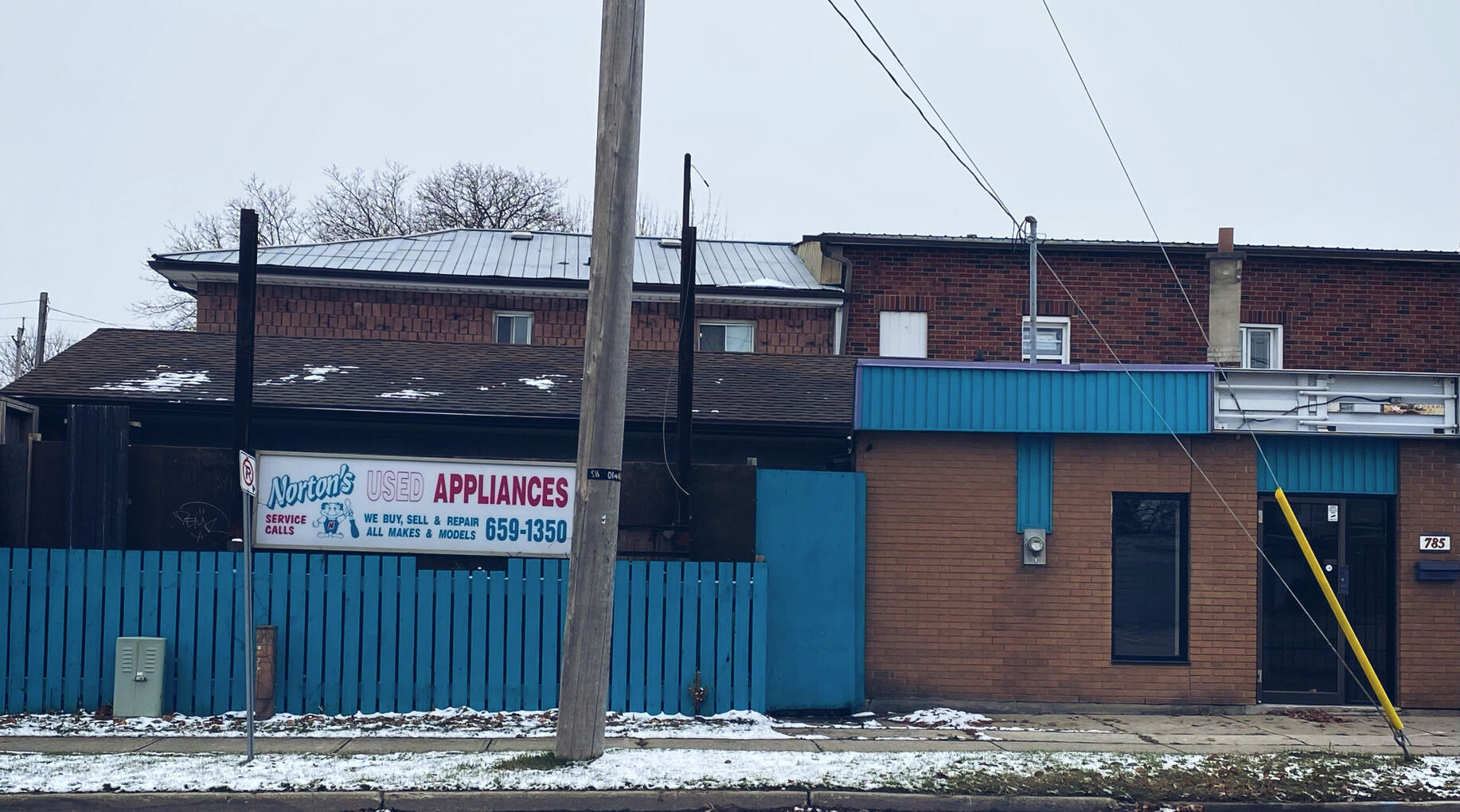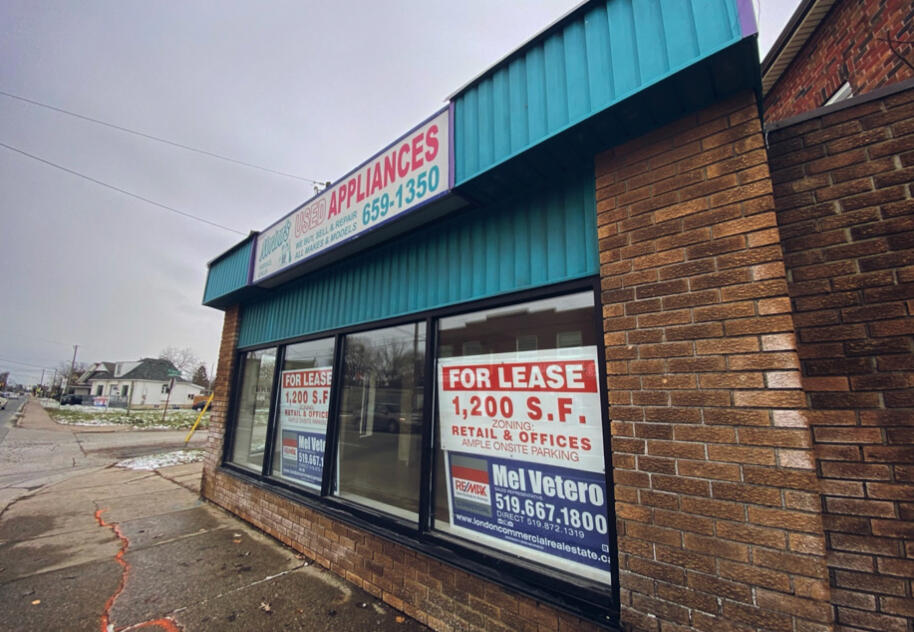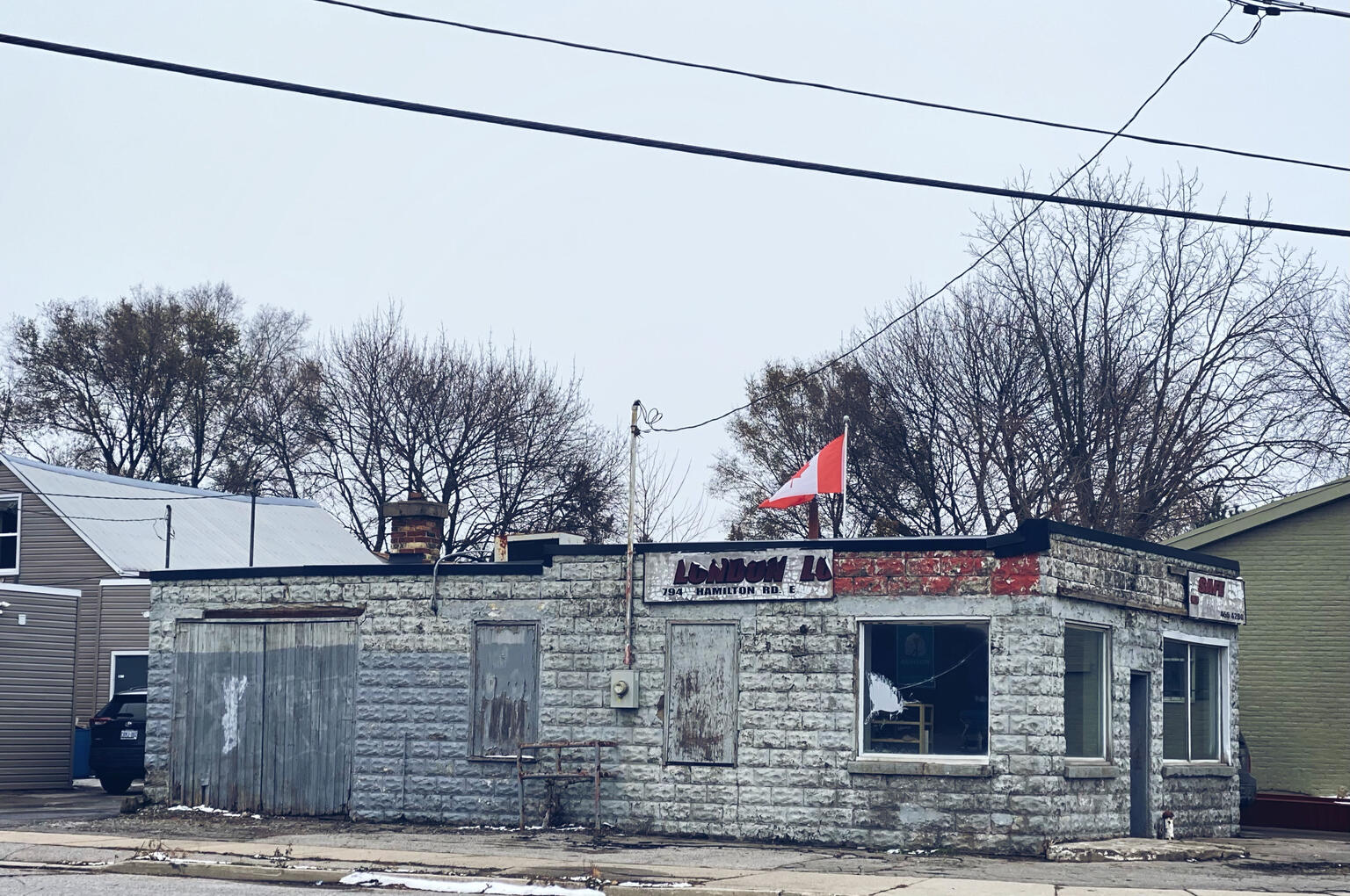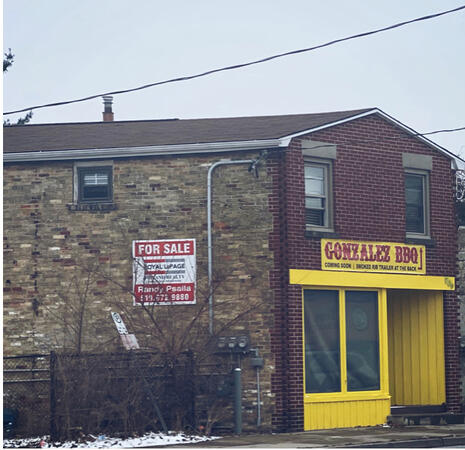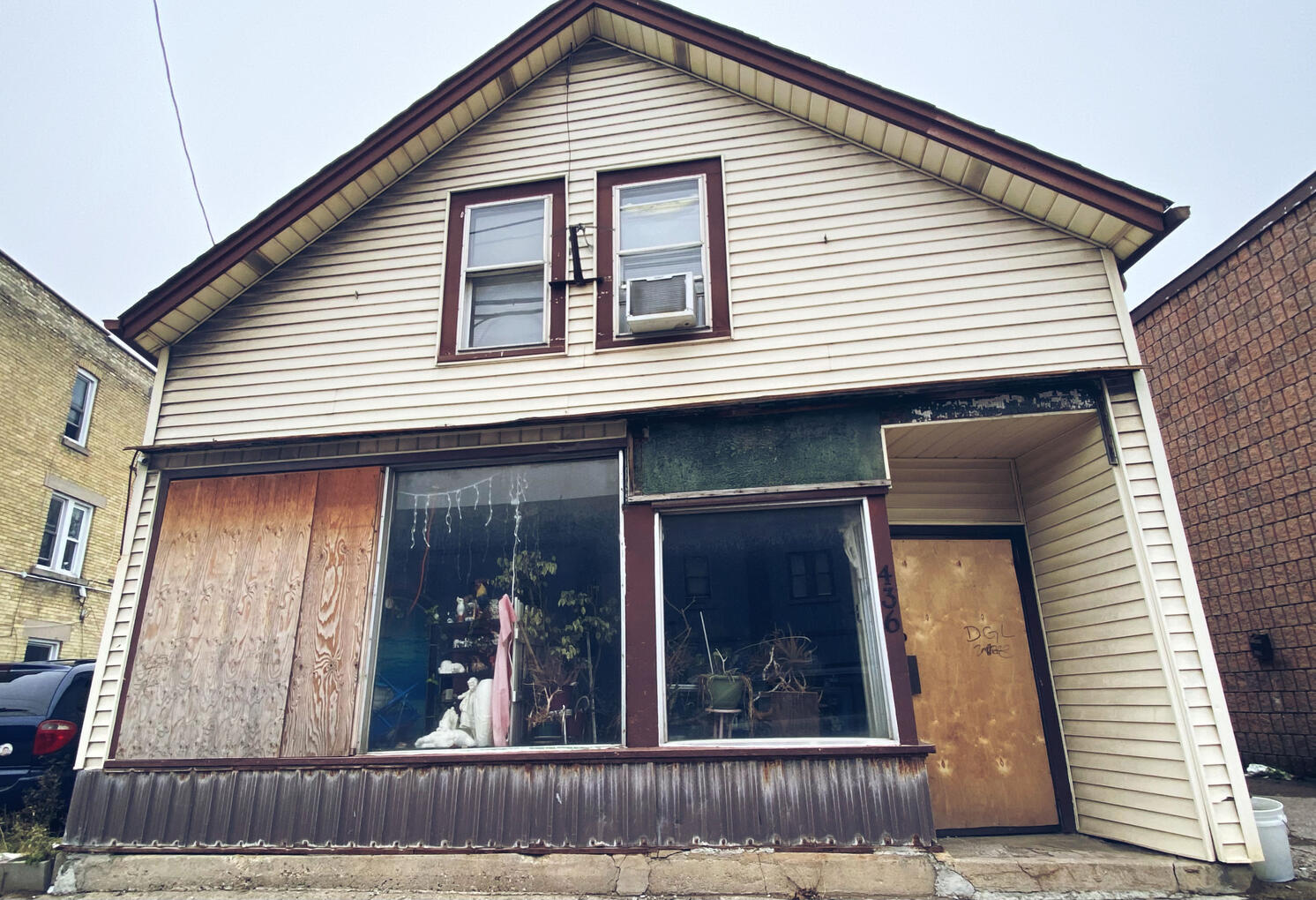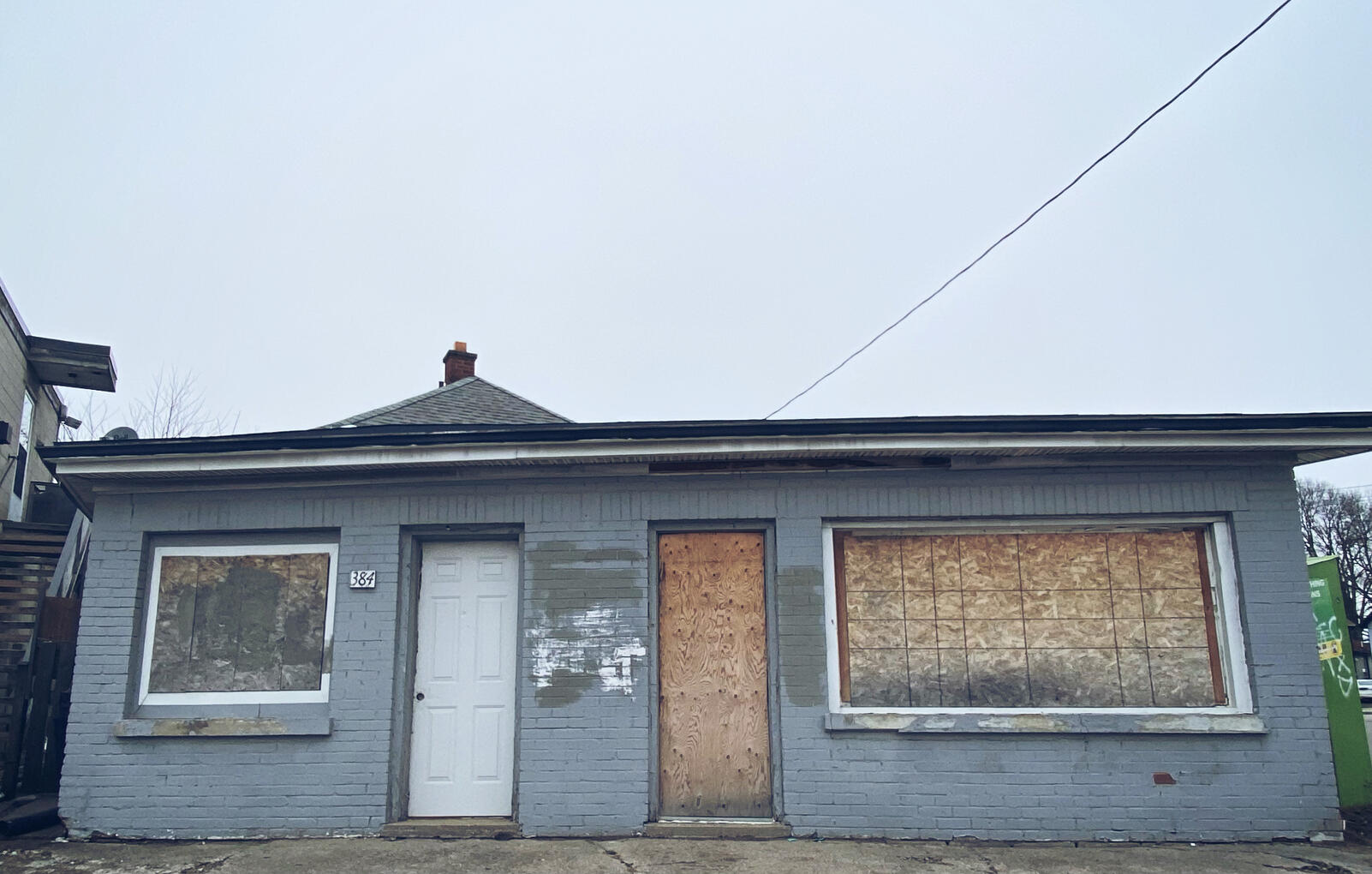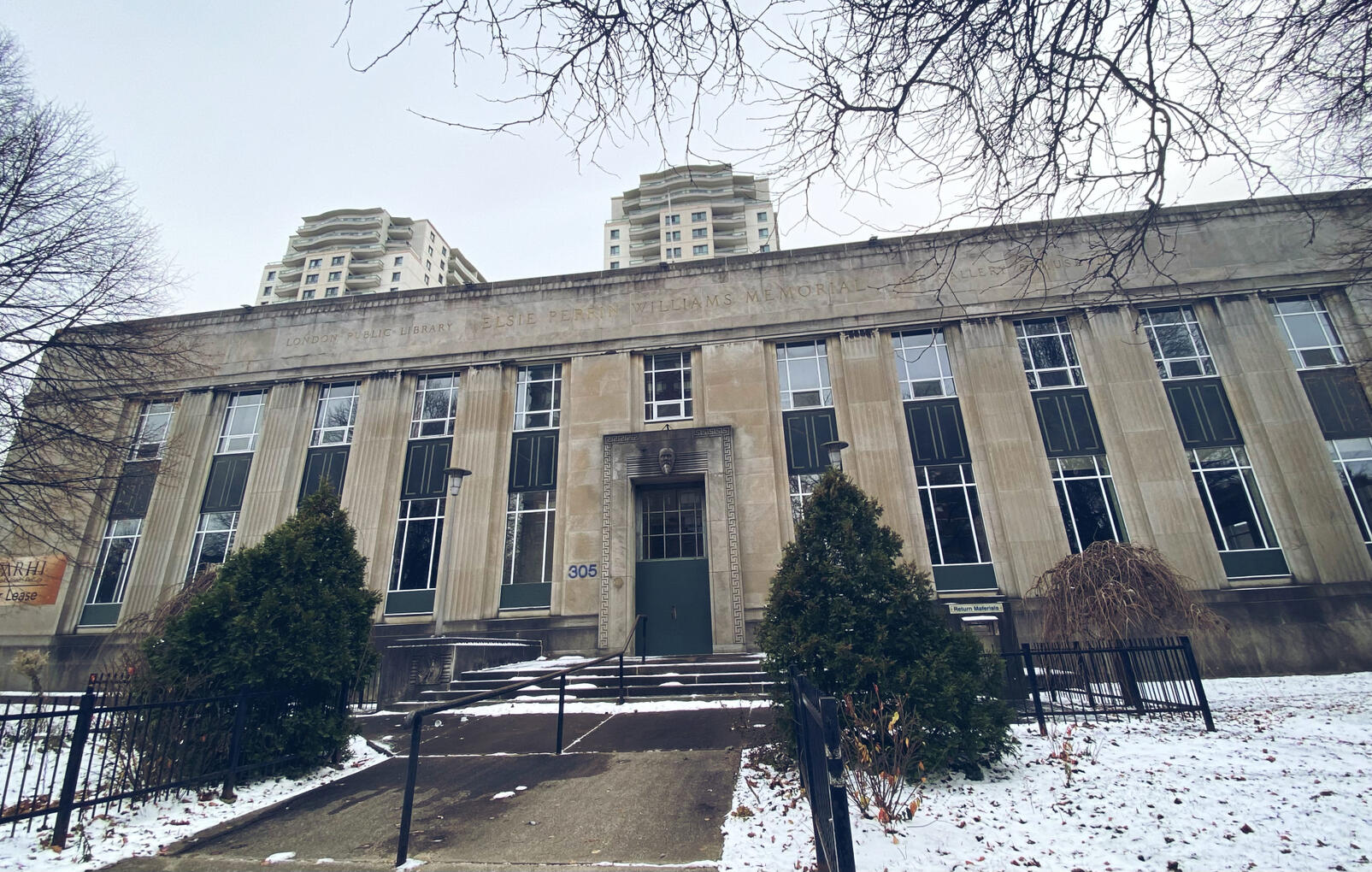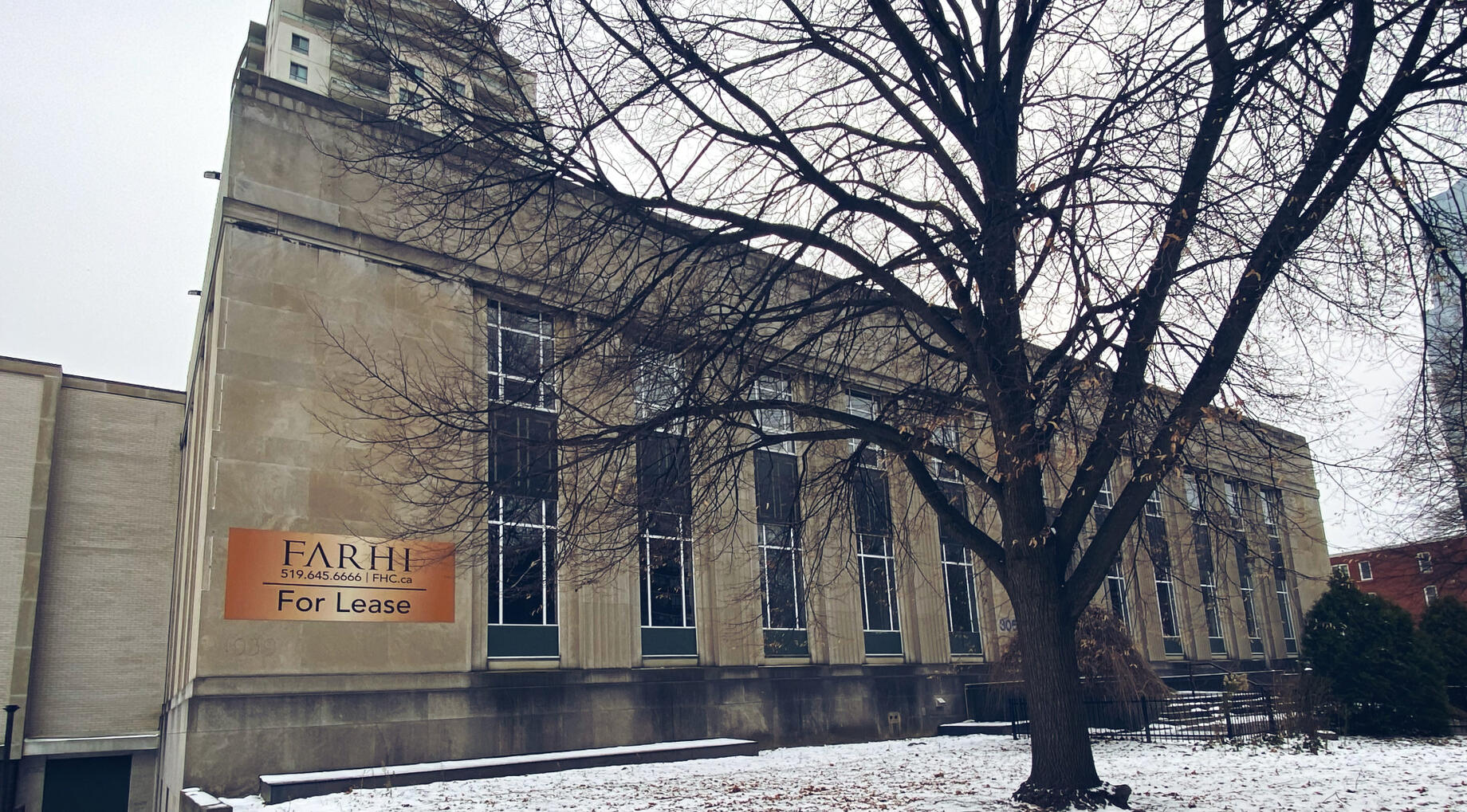
𝐡𝐚𝐮𝐧𝐬𝐭𝐚𝐠𝐫𝐚𝐦
| 9 | 1 | 1 |
|---|---|---|
| Post | Follower | Following |
𝗘𝗮𝗻𝗴 𝗡𝗴𝗶𝗺 𝗧𝗮𝗻𝗴
“𝙸 𝚑𝚊𝚟𝚎𝚗’𝚝 𝚋𝚎𝚎𝚗 𝚎𝚟𝚎𝚛𝚢𝚠𝚑𝚎𝚛𝚎, 𝚋𝚞𝚝 𝚒𝚝’𝚜 𝚘𝚗 𝚖𝚢 𝚕𝚒𝚜𝚝.”
― 𝚂𝚞𝚜𝚊𝚗 𝚂𝚘𝚗𝚝𝚊𝚐
♡
𝗵𝗮𝘂𝗻𝘀𝘁𝗮𝗴𝗿𝗮𝗺: I have always seen London as a small city, where the population spreads out evenly over the small landscape with just enough space leftover which is occupied by public parks, other public leisure activities. In the last three years, many families have come and gone in London. With most of them coming and staying more than the number of leaving, the expectation would be the expanding of areas in the city to be more crowded and more lively. While that part of the scenario does happen, there also seems to be a shift from one side of an area in London to another. Thus, resulting in what appears to be almost the same “slash-and-burn” method of agriculture, where people would cut and burn down the trees to create the field for farming, and then move on to another area after using up the current land; except, instead of agriculture, this happens with the landscape.
The ideas for this blog were created through the inspiration I have after reading Jennifer Grainger’s Vanished Villages of Middlesex. The purpose was to use this blog as a comparison to Grainger’s version of abandoned areas that were brought up in Vanished Villages of Middlesex concerning London specifically. However, due to the limitation in transportation and changes throughout the years to some of the areas, I was not fortunate enough to explore all mentioned areas in Grainger’s book. Therefore, this blog would be the alternative area I have gone to explore inspired by Grainger.
Located closer to the Downtown area of London city as shown below. The road of Hamilton is more on the southeast side of the city core and is home to some of the abandoned properties, a bit too many for the nature of its area.
♡
𝗵𝗮𝘂𝗻𝘀𝘁𝗮𝗴𝗿𝗮𝗺: Stretching along from Adelaide to Highbury; unlike its intersecting streets where businesses and stores are busy, Hamilton road and its neighbour are having its people moving it from away from it, leaving only the residents in the area. And having to take this image in the winter makes it look even more isolated.
All the images were taken on the evening of Friday. And, if you compare Hamilton road to its neighboring streets like Richmond or Highbury, the Hamilton road still appeared to be quiet for a Friday evening, with not so many vehicles traveling back and forth. Although this might seem to be an ideal road for everyone to take during the rush hours where other streets are packed; at the same time, everyone seems to not want to travel on this road for any entertainment purpose unlike they have to or if they live in the area.
As Grainger(2002) questioned in her book, what exactly is a “vanished village?” People might be seeing the images I have provided so far as not a vanished but quiet area of the town. Although the exact definition may remain subjective, one of the definitions provided by Grainger(2002), vanished village is “a community which either has disappeared entirely or is a mere shadow of its former self…it might have the same tiny population it always had, but have few or no businesses or industries life...no longer recognizable as the flourishing community it was at one time.” (p.xv).
♡
𝗵𝗮𝘂𝗻𝘀𝘁𝗮𝗴𝗿𝗮𝗺: While one side of the road is a business that is still thriving and pushing through this pandemic, on the other side of the street, is another store that has “OPEN” and “CLOSED” signs sticking on the same door, confusing the passenger; indicating the permanent shut down. If one is fortunate enough to take a panoramic photo of these two stores, the result would be a perfect illustration of what we called juxtaposition where Dr. Douglas, one of my haunted landscapes professors, has tried to explain to us.
♡
𝗵𝗮𝘂𝗻𝘀𝘁𝗮𝗴𝗿𝗮𝗺: As opposed to the pairs above, in another different corner on the same street, two different commercial buildings are standing and facing each other from opposite sides that are barricaded and no longer in business, as if they are still stuck in time, waiting for their owner to come back the next day.
And among those said abandoned buildings, nothing is sadder than seeing that some of the abandoned store still has its colourful sign still attached to it although the owner has been long gone and was not bothered to take the sign with them. To me, it is a negative indication that the store is not only shutting down and/or relocated, but most likely shutted down indefinitely.
♡
𝗵𝗮𝘂𝗻𝘀𝘁𝗮𝗴𝗿𝗮𝗺: For some of them, they still have ‘For Lease’ and ‘For Sale’ banners taped on the store windows. The banners represent the owner’s optimism of shooting another chance of hoping to turn their properties into their lively form again although they are located in the quiet/abandoned area.
♡
𝗵𝗮𝘂𝗻𝘀𝘁𝗮𝗴𝗿𝗮𝗺: Whereas others have had their sign stripped off but not fully barricaded, still showing some of its inventories inside, leaving the passengers who pass by an eerie feeling. Maybe the owner’s intentions were to maintain that eerie image to keep away the trespassers, or to make the property appear to have been less valuable to avoid any unnecessary robbery? Whether or not the owners have done that for different purposes. We, as the passer-by, will never know. And that itself gives us an enigmatic feeling to this specific store.
♡
𝗵𝗮𝘂𝗻𝘀𝘁𝗮𝗴𝗿𝗮𝗺: One of the surprising facts I have come across while strolling down the street to take different images of different buildings is that some of these commercial buildings have now turned into a home for people. As I was taking a picture of this one specific barricaded building, the owner of that building came out, not to confront me, but to go one and about with his day, and that’s when I know some of these buildings might still have people turning it into a home and residing inside them.
Out of respect for that owner, I have removed the image of his building off my collage and kept the below images that closely demonstrate the visual representation of the commercial store turned housing property of his.
♡
𝗵𝗮𝘂𝗻𝘀𝘁𝗮𝗴𝗿𝗮𝗺: Other than that, I have also come across an abandoned house located on the same street that barricaded up its garage which is a rare sight to see for the nature of its market because there are always people who are looking to purchase a mortgage.
Now that you have come down to the ending of these specific blogs, you might wonder what is the bottom line of this collage? If you are someone who is living close to the area I have presented above, this might not come as a surprise to you. But if you are someone like me who is living on the other side of the city, I hope this collages would bring you a new outlook of this abandoned side of the city that should be so far yet so close to the core of Downtown London. Whether the city of London has a redevelopment plan for the area in the future, we are yet to know. As of now, it seems that the city does not have any significant development plan that has taken place.
♡
𝗵𝗮𝘂𝗻𝘀𝘁𝗮𝗴𝗿𝗮𝗺: Aside from my main focus, there is also a building that I feel is important to mention is the building of this old London public library on Queens avenue as it has been vacant for more than decades. If you stroll around the city of London, one thing you would notice that most of the big vacant commercial buildings share one thing in common, they are under Farhi Corporation, which is pretty well known to every Londoners because most of the Farhi building are mostly unoccupied as if they were left like there to just collect dust. One of the articles from Newcombe (2021) mentions the owner, Farhi himself sharing his vision of building a high-rise building in “one of the historical blocks” that “has local advocates pushing back.”
Of course, not all of the historical blocks are abandoned, but they are mostly old in age. Would there be a negative side to the abandoned and/or old properties? Based on research from Garvin et al (2013), there seem to be health problems associated with vacant neighborhoods. It might mostly relate to the people's living conditions, where vacant and/or old neighborhoods are mostly neglected from city public care. However, there is also a journal article written by Cappon (1971) talking about the mental health in people who living in a high-rise where he went on further to refer to the high-rise building as the “vertical coffins” and that “high-rise leads to the low fall of humanity” (p. 431), which is similar to how postmodern shaping the urban landscape as Marx(1996) has mentioned in his article. Whether or not that would be the case, we are still not quite certain what the future holds for an area like Hamilton road. Should the area be going under redevelopment or end up not, we should, for now, take time to appreciate its enigmatic aspect.

♡
𝗵𝗮𝘂𝗻𝘀𝘁𝗮𝗴𝗿𝗮𝗺:
Cappon, D. (1971). Mental health in the high-rise. Canadian Journal of Public Health/ Revue Canadienne de Sante’e Publique, 62(5), 426–431.
http://www.jstor.org/stable/41986998
Garvin, E., Branas, C., Keddem, S., Sellman, J., & Cannuscio, C. (2013). More than just an eyesore: local insights and solutions on vacant land and urban health. Journal of urban health : bulletin of the New York Academy of Medicine, 90(3), 412–426. https://doi.org/10.1007/s11524-012-9782-7
Grainger, J. (2002). Vanished Villages of Middlesex. Natural Heritage Books.
Marx, L. (1996). The American landscape in the era of postmodernity. Revista de Estudios Norteamericanos, n.0 4, pp. 13-28. https://institucional.us.es/revistas/estudios/4/art_01.pdf
Newcombe, D. (2021). Good news/bad news: Farhi commits to build high rise, heritage advocates slam location. CTVNews.
https://london.ctvnews.ca/good-news-bad-news-farhi-commits-to-build-high-rise-heritage-advocates-slam-location-1.5445913


